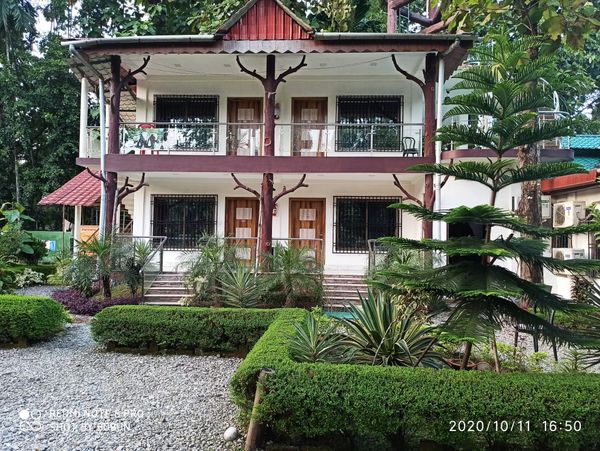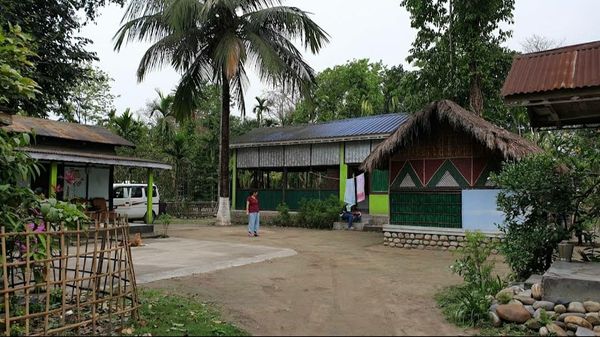Valley of Flowers Plant Life: Species That Define This UNESCO Site
 Ankit Rawat
30 Jul, 2025
9 mins read
36
Ankit Rawat
30 Jul, 2025
9 mins read
36
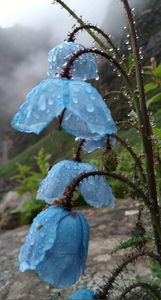
Nestled in the Himalayas of Uttarakhand, India, the Valley of Flowers is one of the most peaceful and colorful places on Earth. This valley is not only a popular trekking destination but also a UNESCO World Heritage Site. The real beauty of this place lies in its plant life. The Valley of Flowers is home to a wide variety of plants that grow naturally in the wild. Each summer, the valley turns into a sea of colors as flowers bloom all over the landscape.
People from all over the world come here to see these flowers in full bloom. It is not just about walking through a pretty landscape; it’s about witnessing nature at its best. Let’s take a closer look at the plant life that defines the Valley of Flowers and why it is so special.
What Makes the Valley of Flowers So Unique
The Valley of Flowers is located at an altitude of over 3,600 meters above sea level. Because of this high location, the climate here is different from other parts of India. It remains snow-covered during winter, and the flowers only bloom from June to September. This short blooming season is when the valley comes alive.
During these few months, the valley supports over 600 species of plants, including some that are rare and found nowhere else in the world. Many of these plants also have medicinal value. The variety and uniqueness of the plant life is what led UNESCO to declare it a World Heritage Site in 2005.
Rare and Beautiful Flowers of the Valley
The Valley of Flowers is famous for more than just one type of plant. There are hundreds of species that grow here. Some of them are so rare that even scientists come here to study them. Here are a few important ones:
Blue Poppy
The blue poppy is one of the most beautiful and rare flowers found in the valley. Its bright blue petals are hard to miss. Known as the "Queen of Himalayan Flowers," it is often found in small patches and attracts many nature lovers and photographers.
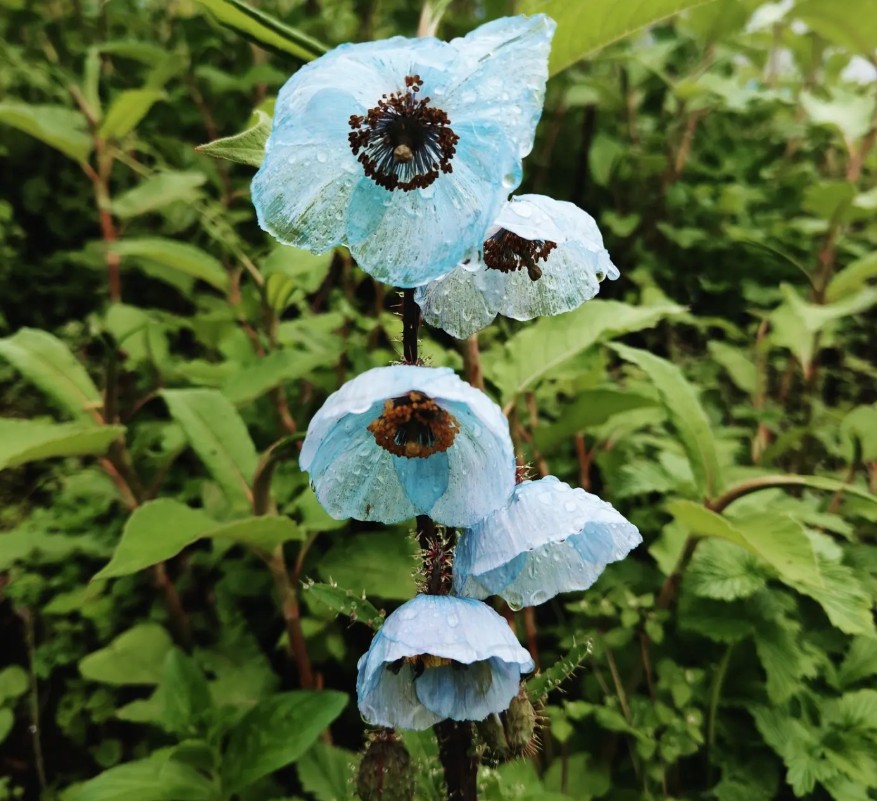
Cobra Lily
This flower has a strange shape that looks like the head of a snake, which is how it got its name. The cobra lily grows in the wild and is known for its unique structure. It is one of the eye-catching species that tourists often remember after visiting.
Brahma Kamal
While this flower mainly grows in higher altitudes, it can sometimes be found near the valley. The Brahma Kamal is considered sacred in India and is used in many religious offerings. It blooms only at night and wilts before sunrise, adding to its mystery.
Himalayan Bellflower
The bell-shaped flowers in purple or blue shades are a common sight during the peak flowering season. These delicate plants sway gently with the mountain breeze and add a peaceful charm to the valley.
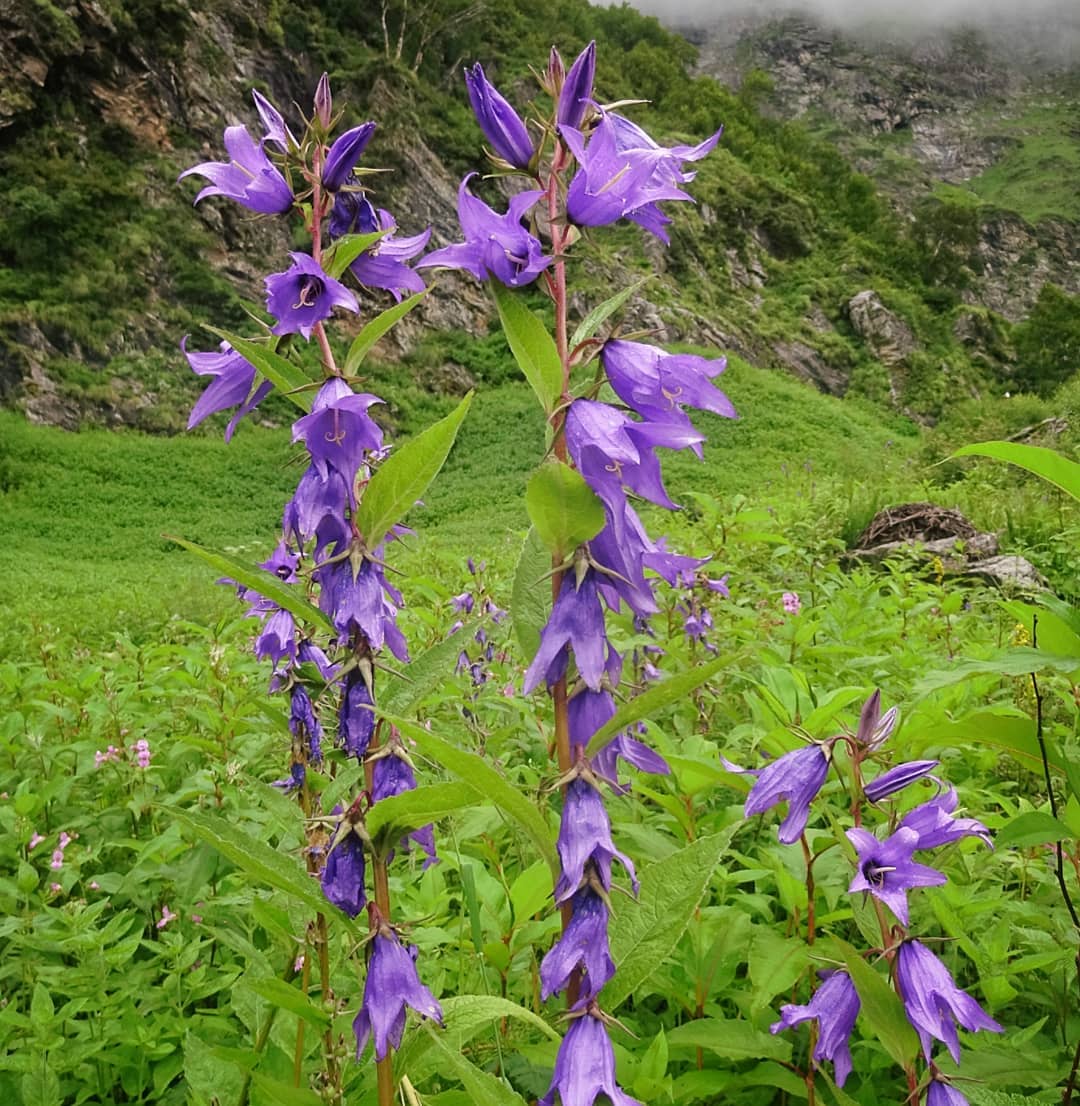
Marigold and Daisies
Along with the rare plants, common flowers like marigold, daisies, and primulas also grow in abundance. Their colors range from bright yellow and orange to deep purples and blues, giving the valley a wide mix of shades.
The Role of Medicinal Plants
Many of the plants in the Valley of Flowers are not just beautiful but also useful. For hundreds of years, local people have used these plants to make natural medicines. Some are used to treat fever, cuts, stomach issues, and even more serious illnesses. Researchers are still discovering new uses for the herbs found here.
Plants like Aconitum, which can be poisonous in large amounts, are also used in small doses in traditional treatments. This shows the deep connection between the local culture and the valley’s plant life.
Importance of Conservation
The Valley of Flowers is a protected area, but that doesn’t mean it’s safe from danger. Climate change, human activity, and tourism can affect the delicate balance of this ecosystem. Many of the flowers here depend on specific weather conditions to bloom. If the climate continues to change, we may see fewer flowers or even lose some species forever.
The government and environmental groups are working to protect the valley. Visitors are asked not to pick flowers or leave trash behind. There are rules in place to limit the number of visitors during the peak season. These steps help make sure that the valley remains a special place for future generations.
Visiting the Valley of Flowers
If you plan to visit the Valley of Flowers, the best time to go is between July and early September. This is when the flowers are in full bloom. The trek to the valley starts from a village called Govindghat. From there, you need to walk around 16 kilometers to reach the main valley area.
The trek is not too difficult, and people of all ages can complete it with some preparation. Along the way, you’ll pass through rivers, bridges, and small villages. The final view of the valley covered in flowers is worth every step.
A Living Garden in the Himalayas
The Valley of Flowers is like a natural garden that changes every week. New flowers bloom while old ones fade, creating a fresh look every time. The peaceful silence of the mountains, the soft colors of the plants, and the fresh air make this place a haven for nature lovers.
Even if you are not an expert in plants, you can feel the magic of this place. Each flower, big or small, plays a role in making the valley what it is a living, breathing example of nature’s creativity.
Final Thoughts
The plant life in the Valley of Flowers is what gives this place its name and charm. From rare Himalayan blooms to simple wildflowers, each species adds something special. It is more than just a pretty place. It is a reminder of how rich and beautiful our planet can be when left in its natural state.
Whether you are visiting to enjoy the scenery, learn about plants, or simply find some peace, the Valley of Flowers welcomes you with open arms. All it asks in return is respect and care so that it can continue to bloom for many more years to come.
Written By:
Ankit Rawat



Hotels at your convenience
Now choose your stay according to your preference. From finding a place for your dream destination or a mere weekend getaway to business accommodations or brief stay, we have got you covered. Explore hotels as per your mood.

